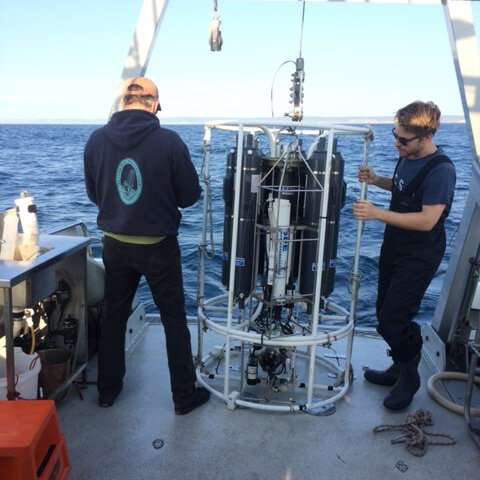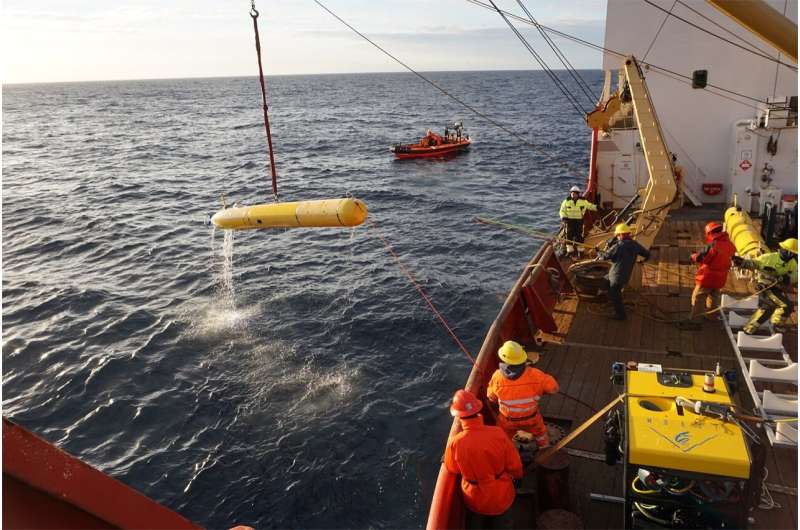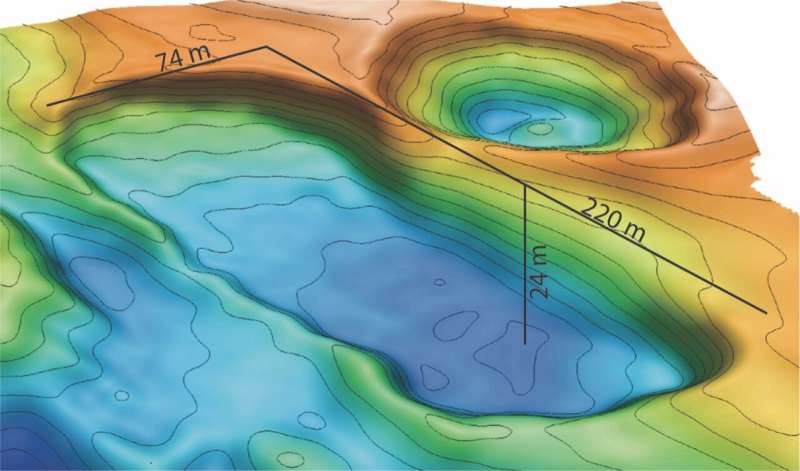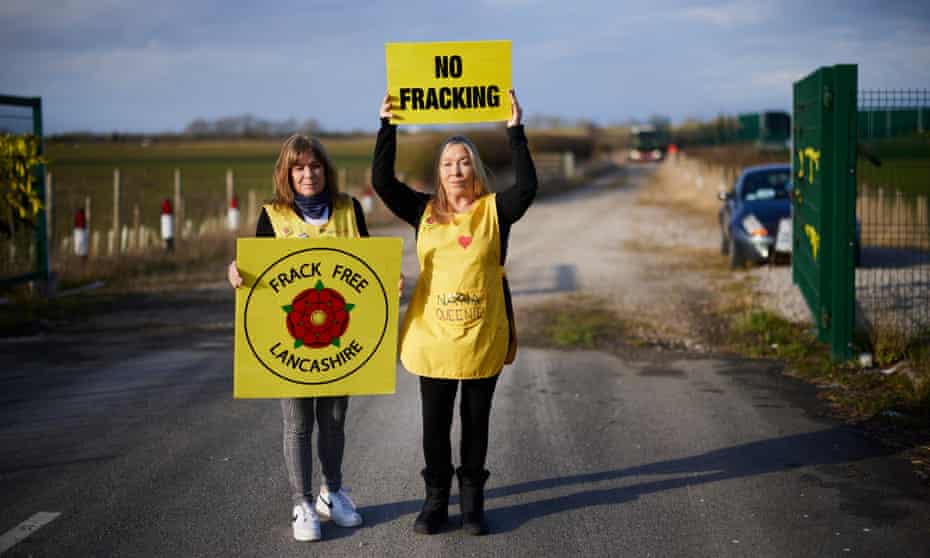Towards a business case for CO2 mineralisation in the cement industry
Communications Earth & Environment 3, Article number: 59 (2022)
Abstract
The cement industry, an industry characterised by low margins, is responsible for approximately 7% of anthropogenic CO2 equivalent (CO2e) emissions and holds the highest carbon intensity of any industry per unit of revenue. To encourage complete decarbonisation of the cement industry, strategies must be found in which CO2e emission reductions are incentivised. Here we show through integrated techno-economic modelling that CO2 mineralisation of silicate minerals, aiming to store CO2 in solid form, results in CO2e emission reductions of 8–33% while generating additional profit of up to €32 per tonne of cement. To create positive CO2 mineralisation business cases two conditions are paramount: the resulting products must be used as a supplementary material in cement blends in the construction industry (e.g., for bridges or buildings) and the storage of CO2 in minerals must be eligible for emission certificates or similar. Additionally, mineral transport and composition of the product are decisive.
Introduction
The cement industry is responsible for approximately 7% of anthropogenic CO2 equivalent (CO2e) emissions1,2 with the highest carbon intensity of any industry per unit of revenue3. To combat climate change, the countries gathered in the Conference of Parties signed the Paris climate agreement in 2015, aiming to limit CO2e emissions and thereby temperature rise to a maximum of 2 °C, while striving for 1.5 °C4,5. Given that the use of cement is fundamental to economic development with a projected global market size of $463 billion6 (6.08 gigatonnes per annum (Gt a−1) cement7) in 2026, reducing its embodied emissions is essential8,9,10. Approximately 60% of the cement industries’ emissions are process-inherent, resulting from the calcination reaction of limestone11. These emissions are particularly challenging to mitigate since either the entire process must be replaced by low emission alternatives3,8,12,13,14,15 or the emissions have to be captured from the process and permanently stored1,3,8,10,16,17. While the replacement of cement and concrete by alternative building materials like wood would require a seemingly unrealistically rapid change of the entire construction value-chain, carbon capture and storage technologies present an alternative for decarbonisation but incur additional production cost18,19. Preferably, strategies must be found in which CO2e emission reductions can render additional revenue instead of incurring cost.
Some have suggested that CO2 can be captured and reacted with activated minerals or industrial wastes to form stable carbonate minerals (also known as CO2 mineralisation)20,21,22, the products of which could be subsequently valorised. These reactions are exothermic, leading to long-term storage of CO221. Early findings suggest that in addition to CO2 storage the products may potentially be used in a range of applications, including as fillers, polymer additives, for land reclamation or as supplementary cementitious materials (SCM)21,23,24,25,26, potentially creating revenues of €14-€700 per tonne of CO2 captured21. Depending on the feedstock material for the reaction, additionally metal oxides such as iron oxides can be separated as a valuable by-product which could be used as pigments or as iron ore21,23.
Multiple feedstocks for CO2 mineralisation have been proposed, mainly natural rocks containing magnesium- or calcium-rich silicate minerals20,22 and alkaline industrial residues (e.g., steel slag or fly ash). While natural rocks are attractive because they are an abundant resource, which could be used at global scale20,24,27, industrial wastes are attractive because they are already available in industrial regions. Nonetheless, industrial wastes may present more complex feedstocks because over time the compositions and costs of industrial residues might change due to changes in production processes or due to changes in legislation27. To enable a substantial emission reduction via the means of CO2 mineralisation with a highly predictable feedstock, we focus on the use of natural rock as a resource for CO2 mineralisation that is both substantial and with stable composition while acknowledging that alkaline wastes may also present suitable feedstocks in certain conditions.
Examples of natural minerals include forsterite (Mg2SiO4), present in olivine-bearing rocks, lizardite (Mg3Si2O5(OH)4) present in serpentine-bearing rocks and wollastonite (CaSiO3)20. Rocks can be composed of between 50% and 80% of these minerals, depending on the host geology of the extraction site24,28.
Previous work on CO2 mineralisation has shown that reductions in the range of 0.44 to 1.17 tonne of CO2e per tonne of CO2 stored are feasible under today’s energy mix21 and that the implementation of CO2 mineralisation could (under certain conditions) be used to transfer the cement industry from carbon positive to carbon negative29. Because mining of natural minerals comes with its own environmental impacts (e.g., metal depletion and freshwater consumption), these impacts would need to be closely monitored and managed when deploying CO2 mineralisation29. Assessments of the techno-economics of CO2 mineralisation have shown that its CO2 storage cost could be in the range of €65-€443tCO2, avoided−1 30 (excluding CO2 capture)31 (Supplementary Table 1), when using natural minerals as feedstocks. However, these studies neglect the value added from the sale of the resulting products, which may be critical to successful adoption by players in an industry characterised by strong competition and high pressure on price. Therefore, we here move beyond mineralisation for storage purposes only, and we aim to critically investigate under which conditions there is a positive business case for the use of mineral carbonation products in the cement industry.
We show that, given the right circumstances, positive business cases exist when revenue can be created via the use of mineralisation products as SCM. We created integrated techno-economic models of two carbonation processes to produce supplementary cementitious material that allow for in-depth analysis of the interactions of process and economic performance. By using these models to test potential business cases under different future scenarios we found cost-optimal production processes and scales, and global uncertainty analysis elucidated the main drivers of costs and benefits.





